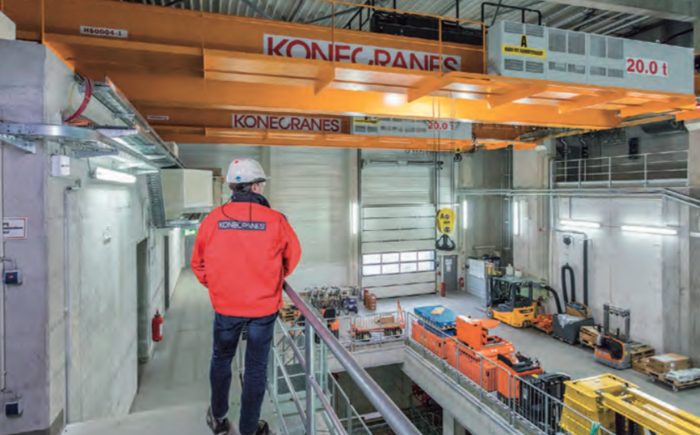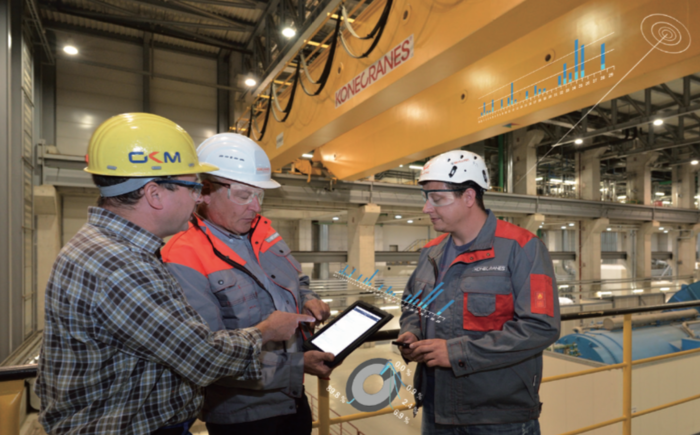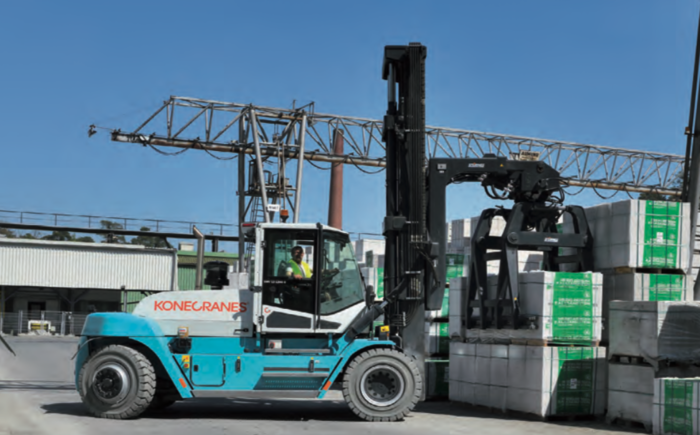To make the most of data, it has to be transformed into information, which then has to be transformed into intelligence. As companies seek to leverage data – whether it’s internal, external, structured, or unstructured – to improve profitability or boost operational efficiency, analytics makes it possible to gain insights on business areas that were previously out of reach. Alun Jones, Data Scientist at Konecranes, talks about how organizations can best use IoT data analytics to arrive at more impactful business decisions.
According to McKinsey, the potential economic impact of the IoT could reach $11 trillion per year in 2025. That figure is equivalent to around 11 percent of the global economy. Turning that possibility into reality depends on how effectively IoT data analytics is used to drive better decision-making. The technology research firm Gartner identified IoT data analytics as one of the key IoT-related technologies that should be on every organization’s radar in 2017 and 2018, second only to security.
To identify target-rich, high-value data that can be used to generate business intelligence, the following steps should be taken.
1. Be aware of what you already have. It makes sense to know if some of that information is already available or accessible even if it isn’t immediately apparent. If you don’t know, then find out: Build a data map for your enterprise.
2. Think like a custodian, not an owner. The term “data owner” can be misleading as it appears to imply not only ultimate responsibility, but also the ability to utilize data for one’s own purposes. Both are not necessarily true of data use within a business. A data custodian, meanwhile, is responsible for the technical environment and controls around data.
3. Every action is part of the value chain. The siloed approach to data access makes unifying the analytics layer a challenge. To generate scalability and real-time performance, however, all types of analytics – descriptive, diagnostics, predictive and prescriptive – must be brought together into a single engine.
The role of cloud analytics platforms
In terms of using cloud analytics platforms to derive value from IoT data, it’s important to remember that not all data is created equal. Companies should think of ways to get data from a device into a position where it can be analyzed; the priorities of that data need to be determined as well.
Next, it’s also essential to gather data from numerous sources as interoperability is key in a heterogeneous environment. Last, it is advisable to have distributed data sources so that the cloud is there by default. Cloud simply means off premises; there will be distance between individual data sources and the computer power performing the processing. If you are uncomfortable with the cloud then find out why, and work to alleviate those anxieties. Processing IoT data close to the source results in less network delay than transferring it to the cloud, processing it there, and sending back the actionable result, such as computing and analysis at the edge.
Delivering value
As far as the barriers to widespread IoT value delivery are concerned, these could be overcome in two ways. First is technical. This covers everything from data gathering and low power or no power devices. (At the moment, for example, sensors and devices need power to drive them or the transmission of data, and in the future there will be a need to have devices that have lower power requirements.) Data architecture and cost of hardware should likewise be considered.
Second is the people aspect. Gatekeepers need to change. Management must improve its ability to understand and interpret the output from analytics. Individuals need to collaborate, even with those outside their respective enterprises. Normal business practices mean that things are driven on short-term departmental measures – this must be reconsidered as well. Do you design your plant to be cheaper to build, or more efficient and flexible to run?
Overall, harnessing IoT data analytics for business intelligence is not a one-time exercise. Rather, it’s a continuous process. Bear in mind that not everything is going to work. Optimizing what you do today is not enough either.
In addition, look at how to change the business model in a way that fits the market. For instance, GE builds airplane engines. They innovate by fitting sensors to gather that data and transfer it back to the factory. This is adopted over time so all engines send data about themselves. Over time, this is optimized so that GE knows the state of each asset and is able to predict when parts are likely to fail. This reduces downtime, making maintenance more efficient. Once the asset behavior is understood and de-risked, the business is transformed from building engines to offering engines as a service. GE’s software platform is now the key element in their business model. Cranes are a little behind but are catching up fast as the platforms needed to support such devices are already being built.
Alun Jones works as a Data Scientist at Konecranes. He participated in several panel discussions at the IoT Tech Expo Europe event in Berlin in 2017.








